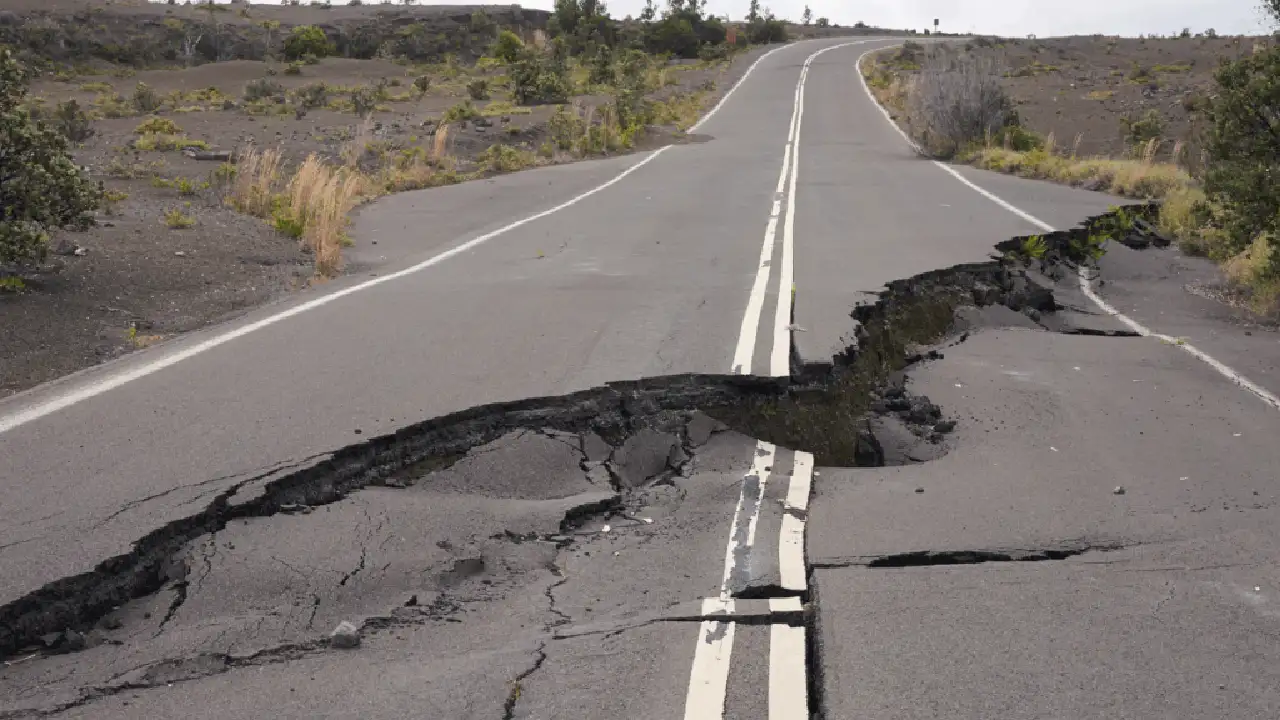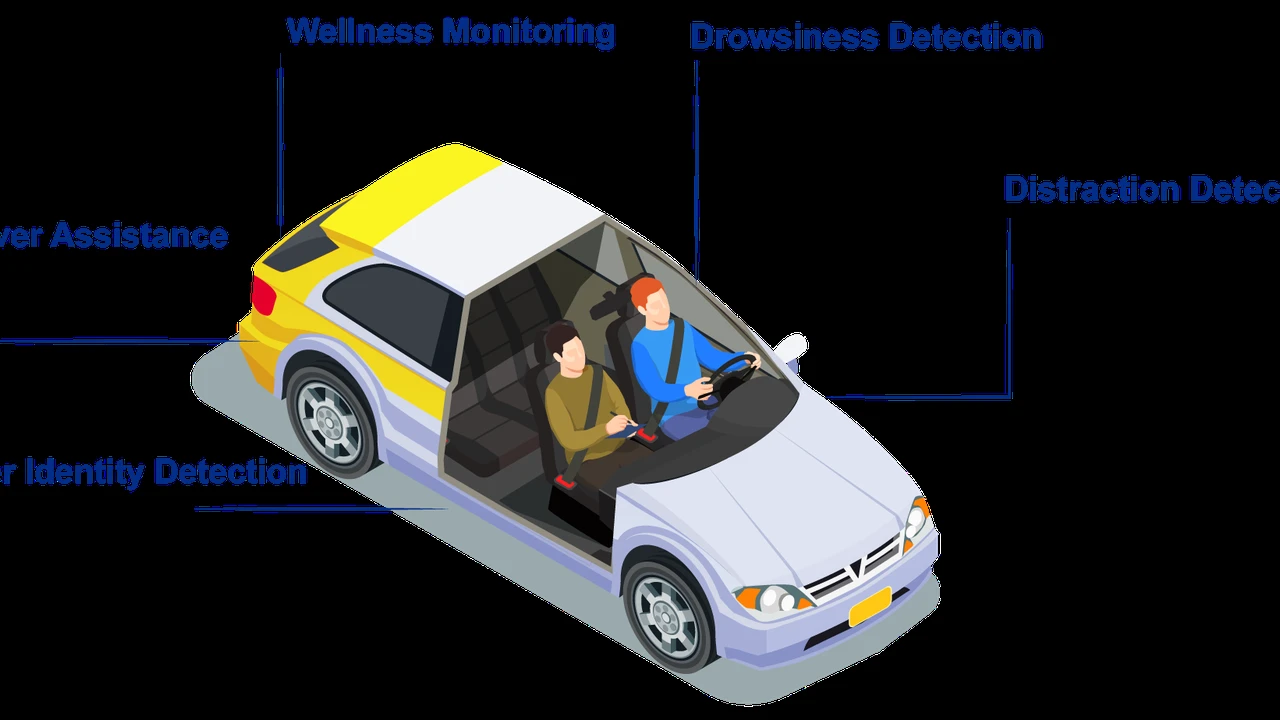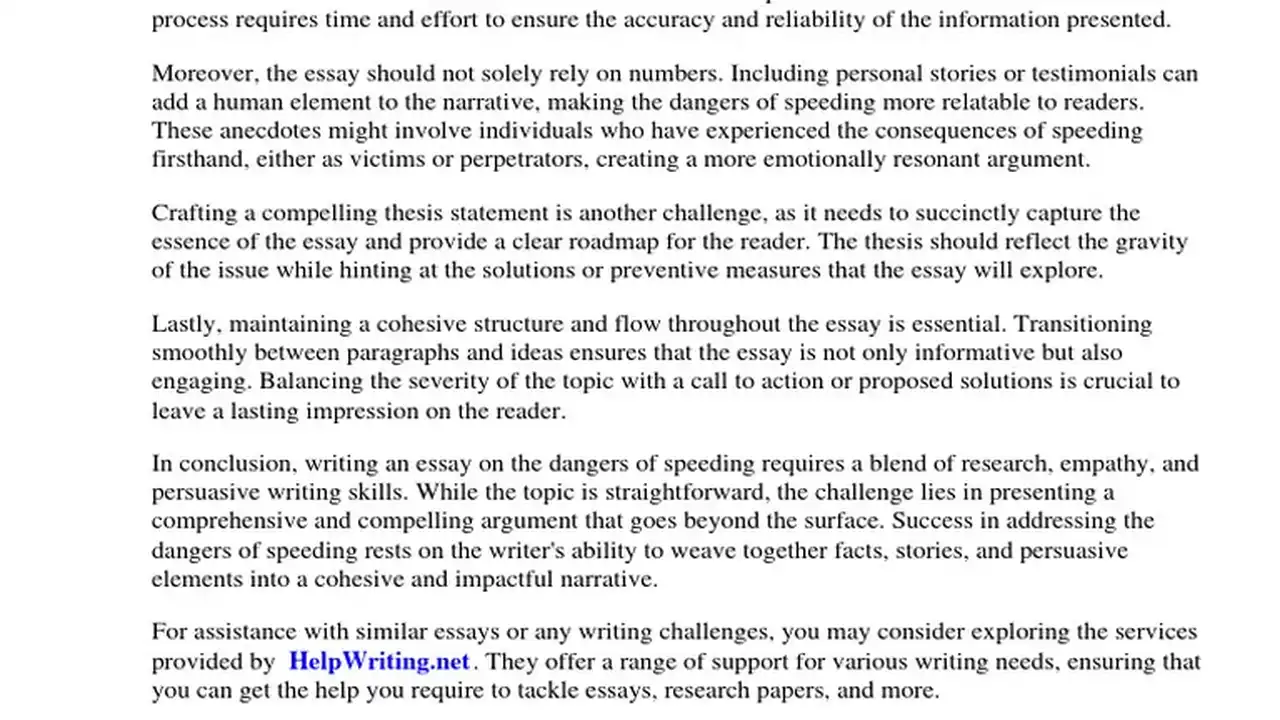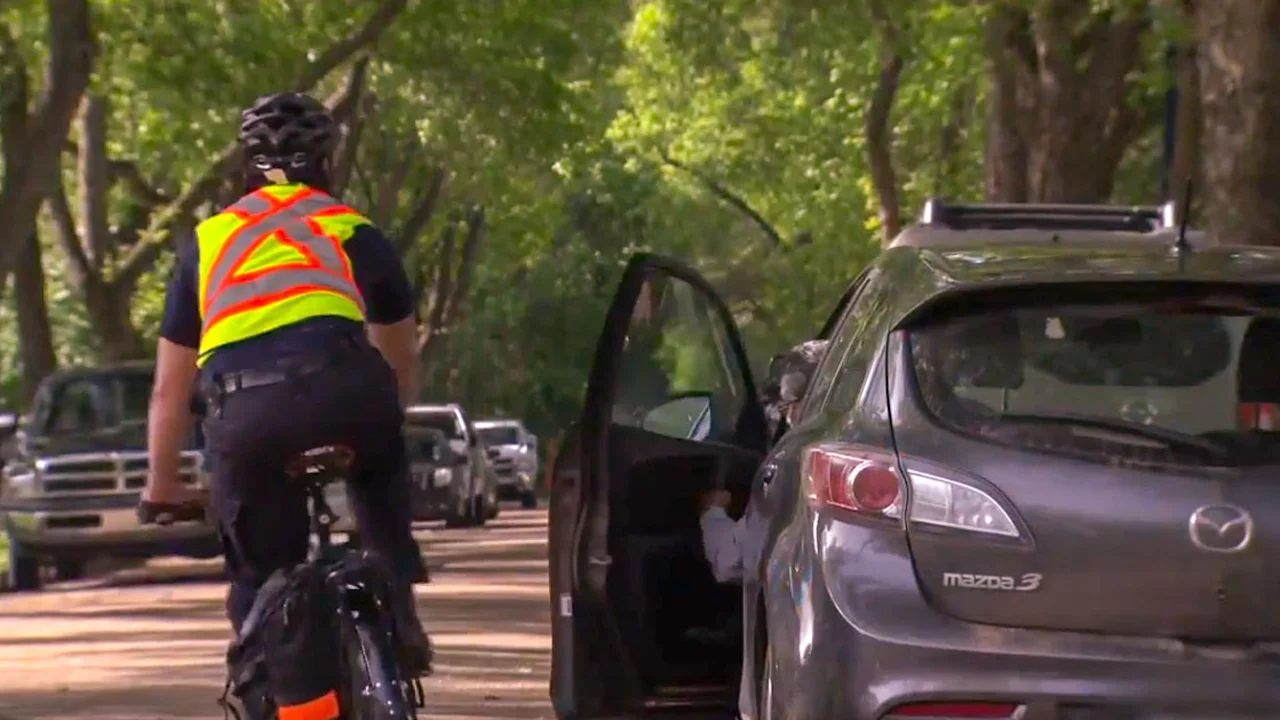Defensive Driving Techniques: Anticipating and Avoiding Hazards

Learn defensive driving techniques to anticipate and avoid hazards on the road, enhancing your safety and the safety of others.
Understanding Defensive Driving The Key to Road Safety
Hey there, fellow drivers! Ever feel like driving is just a game of chance? Well, it doesn't have to be. Defensive driving is all about taking control and minimizing risks. It's not just about following the rules; it's about anticipating what other drivers might do (even if it's wrong!) and being prepared for anything. Think of it as being a proactive driver, not just a reactive one.
Anticipating Hazards Identifying Potential Dangers Early
The first step in defensive driving is being aware of your surroundings. Scan the road ahead, check your mirrors frequently, and pay attention to what's happening around you. Look for potential hazards like:
- Other Drivers: Are they speeding, tailgating, or weaving in and out of lanes?
- Pedestrians and Cyclists: Are they paying attention to traffic? Are they about to cross the street unexpectedly?
- Road Conditions: Are there potholes, gravel, or ice on the road?
- Weather Conditions: Is it raining, snowing, or foggy?
- Traffic Signals: Are they about to change? Are there any malfunctions?
By identifying these potential hazards early, you can give yourself more time to react and avoid accidents.
Maintaining a Safe Following Distance The 3 Second Rule and Beyond
Tailgating is a major cause of accidents. The 3-second rule is a good guideline: pick a stationary object (like a sign or a tree) and when the car in front of you passes it, count "one thousand one, one thousand two, one thousand three." If you pass the same object before you finish counting, you're following too closely. Increase the following distance in bad weather or when driving at higher speeds.
Managing Speed Adjusting to Conditions and Traffic Flow
Speed limits are just that – limits. They're not always the safest speed to drive. Adjust your speed based on the weather, traffic conditions, and the type of road you're on. Slow down when it's raining, snowing, or foggy. Reduce your speed in construction zones or when driving on winding roads.
Staying Focused Avoiding Distractions Behind the Wheel
Distracted driving is a huge problem. Put your phone away, avoid eating or drinking while driving, and don't let passengers distract you. If you need to make a call or send a text, pull over to a safe location first. Seriously, nothing is worth risking your life or someone else's.
Communicating Your Intentions Using Signals and Headlights Effectively
Let other drivers know what you're planning to do. Use your turn signals well in advance of turning or changing lanes. Tap your brakes lightly to warn drivers behind you that you're slowing down. Use your headlights during the day, especially in bad weather.
Reacting to Emergencies Handling Skids and Blowouts Safely
Even the best defensive drivers can encounter emergencies. If you start to skid, don't slam on the brakes. Instead, ease off the accelerator and steer in the direction of the skid. If you have a tire blowout, grip the steering wheel firmly and gradually slow down. Pull over to a safe location as soon as possible.
Safe Driving Products To Enhance Your Safety
Okay, let's talk gear! Here are a few products that can seriously boost your defensive driving game:
Dash Cams Your Silent Witness
A dash cam records everything that happens while you're driving. It can be invaluable in the event of an accident, providing evidence of what happened and who was at fault. It's like having a silent witness always on your side.
Product Recommendations
- Vantrue N4 Pro: This triple dash cam records front, inside, and rear views. Great for rideshare drivers or anyone wanting comprehensive coverage. Around $300.
- Garmin Dash Cam Mini 2: Super compact and easy to use. Perfect if you want something discreet. Around $130.
- Thinkware Q800PRO: Excellent video quality and features like parking mode. A bit pricier, around $400.
Usage Scenarios
- Accident Recording: Provides clear footage for insurance claims.
- Parking Mode: Records incidents while your car is parked.
- Road Trip Memories: Captures scenic drives.
Product Comparison
The Vantrue N4 Pro offers the most comprehensive coverage with its three cameras. The Garmin Dash Cam Mini 2 is the most discreet and easiest to install. The Thinkware Q800PRO boasts superior video quality and advanced features, but comes at a higher price point.
Blind Spot Monitoring Systems Enhanced Awareness
Blind spot monitoring systems alert you when there's a vehicle in your blind spot. This can be especially helpful when changing lanes on the highway.
Product Recommendations
- Aftermarket Blind Spot Monitoring System by Goshers: Relatively inexpensive and can be installed on most vehicles. Around $200-$300 installed.
- Autobahn24 Blind Spot Mirror: Simple, affordable, and easy to install. Just stick them onto your existing mirrors. Around $20.
Usage Scenarios
- Highway Driving: Reduces the risk of accidents when changing lanes.
- City Driving: Helps avoid collisions with cyclists and motorcycles.
Product Comparison
The Goshers system provides an audible and visual alert, while the Autobahn24 mirrors simply give you a wider field of vision. The Goshers system requires professional installation, while the mirrors are a DIY project.
Tire Pressure Monitoring Systems (TPMS) Maintaining Optimal Tire Condition
Proper tire pressure is crucial for safe handling and fuel efficiency. TPMS alerts you when your tire pressure is too low.
Product Recommendations
- FOBO Tire Plus: Bluetooth TPMS that sends alerts to your smartphone. Around $200.
- EEZTire TPMS: Specifically designed for RVs and trailers, but works great on cars too. Around $250.
Usage Scenarios
- Preventing Blowouts: Alerts you to low tire pressure before it becomes a problem.
- Improving Fuel Efficiency: Ensures your tires are properly inflated.
Product Comparison
The FOBO Tire Plus is great for everyday use, while the EEZTire TPMS is more robust and suitable for larger vehicles. Both systems provide real-time tire pressure monitoring.
Staying Calm and Focused The Mindset of a Defensive Driver
Finally, remember to stay calm and focused while driving. Don't let emotions get the best of you. If you're feeling angry or stressed, pull over and take a break. A calm and focused driver is a safer driver.
:max_bytes(150000):strip_icc()/277019-baked-pork-chops-with-cream-of-mushroom-soup-DDMFS-beauty-4x3-BG-7505-5762b731cf30447d9cbbbbbf387beafa.jpg)






